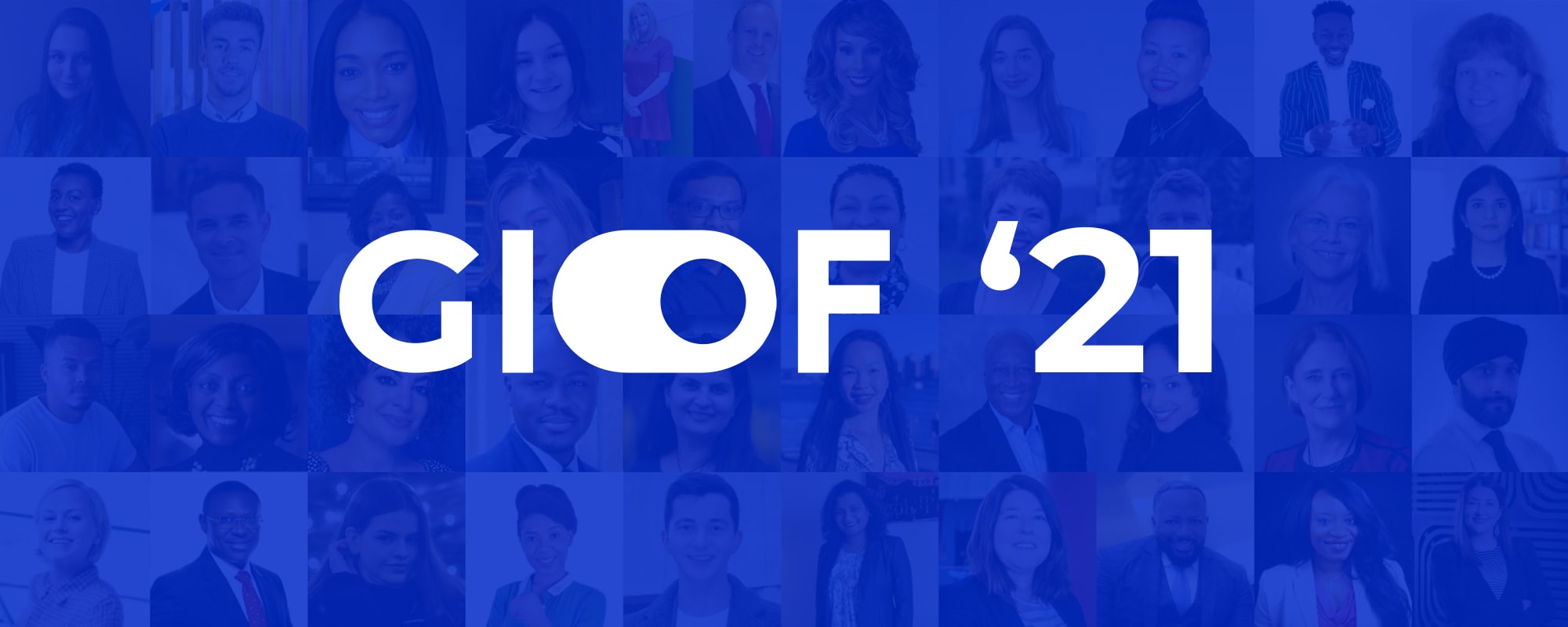MARIIA PRYLYPKO — 5 STEPS TO ADDRESSING RACIAL AND ETHNIC INCLUSION

After George Floyd’s murder, many organizations started paying more attention to racial discrimination and how racial inclusion can be achieved in the workplace. In light of this frequent discussion, many of them have pledged to eliminate any form of racism in the workplace, but very few succeeded in doing so.
Given the fact that racism is a prevalent topic that requires immediate action, here are some indispensable means to promoting racial and ethnic inclusion in your organization.
Understand the root causes of racism and ethnic discrimination in the workplace.

There is a low possibility that you will encounter direct aggression towards racial and ethnic groups in the modern 21st century workplace. Racism is more like a virus that mutates and takes on different forms as it adapts to a changing environment. This mutation is hard to observe because it is deeply embedded, not only in our traditions and institutions, but also in our unconscious lives.
All people have unconscious biases that impact different facets of organizations, clients, and the way they are treated. Research suggests that we instinctively categorize people using easily observed criteria such as educational level, disability, sexuality, accent, social status, and job title, automatically assigning presumed traits to them.
Examples of subtle racism in the workplace might include BAME (Black, Asian, and Minority Ethnic) people being ignored, overly criticized, or having assumptions made about their abilities. In some cases, incidents of subtle racism can appear in certain areas before a person even has a job with a company.
Microaggressions are also a form of racism and are becoming quite common these days. In the workplace, racism most often manifests itself through microaggressions, which are defined as indirect, subtle, or even unintentional acts of discrimination against members of a marginalized group. They may take the form of stereotyping, "othering," or avoidance.
Gather and analyze disaggregated data.

For most US companies, collecting DEI data is legally required. However, if you’re only collecting basic demographic data, there is still a lot more you can do to improve DEI outcomes at your company. Taking an experience-first approach to DEI can help you identify problems before they start and benefit from having a more diverse organization.
You may choose to collect more DEI information through pulse surveys, employee engagement surveys, or other means. To encourage employees to respond, make it clear how the data will be used, keep the surveys short, and consult with marginalized groups during the process of collecting data about a sensitive subject matter.
When collecting data, employees should be made aware of why the data is being collected and what it will be used for. They should also be reassured that their data will be protected and kept confidential. If you are collecting DEI data during the hiring process, it makes sense to keep this data separate from employee application files to avoid any chance of discrimination.
Keep in mind that employees who have been subjected to discrimination will not always come forward, especially if the problem is subtle and they feel it cannot be ‘proven.’ It is therefore important do research at all levels to recognize when and where racial discrimination occurs.
Behaviors to look out for include:
-
Derogatory language and name-calling
-
Failing to promote, reward, or hire
-
Blaming problems on people of other races and nationalities without grounds
Make the hiring process more inclusive.

An inclusive hiring process is not simply about recruiting people from different nationalities. Instead, it aims to level the playing field for all applicants to fight against recruitment bias. Inclusive hiring also involves being mindful of the unlimited types of diversity that exist in the human experience.
Do not underestimate inclusive job descriptions. Start by creating a job title that leaves out any hint of industry preferences and uses inclusive language for hiring. Make sure language clearly states your workplace efforts to provide DEI for attracting the right candidates. Instead of stock photos that trivialize diversity, use authentic images of your team (with their permission).
Then, use an interview guide and prepare a script with questions specifically about the job. Create interview scorecards to assess candidates in job-relevant categories. Avoid asking about salary history because this information is not an indicator of a candidate’s abilities. Keep it simple and focus on the job at hand.
Finally, hiring decisions should be based on the job-related skills and qualities that every candidate possesses, some of which will fall outside of the “norm.” We tend to recruit people who are most like us or hire the same types of people, falling into a comfortable pattern. It’s an unconscious bias that does not belong in recruitment.
Start an open conversation about racial equality and organize training sessions.

Research by the NeuroLeadership Institute (NLI) in New York found that when team members feel safe discussing racism openly, the conversations are likely to have a more lasting and sustainable impact. Leaders who responded to racist incidents were viewed more positively by Black, White, Hispanic, and Asian professionals. These discussions led to stronger bonds and a greater understanding.
If done well, training sessions, seminars, and open conversations can help people dive deeper into their own beliefs, values, and biases, and might even help to expose things they’d never considered before. Employees who have witnessed or experienced an act of racism must feel able to discuss, validate, and process it without judgement.
Focus on reestablishing trust. Black employees may not feel that their company values and embraces diversity, that the system for evaluation and promotion is fair, or that they can bring their full selves to the workplace. To help restore trust, companies must provide more transparency into their evaluation and promotion processes and work to eliminate bias.
Integrate racial equality as a strategic imperative for your organization.

A one-and-done training session is not enough: it must become a part of everyday conversations. Define and communicate with leadership how it matters to your company’s mission, vision, organizational values, and overall strategies.
It is a good idea to make it one of the organization's guiding principles. Describe how you provide access, resources, safety, and power to all racial and ethnic representatives in your company. Racial justice demands for the creation of new institutions and relationships that honor the humanity and liberation of all people.
In other words, incorporate racial and ethnic equality into everything you and your team do to ensure that it becomes an integral part of your workplace culture. Do your best to build it into the fabric of who you are and what you do.

 Blind Hiring Summit: Embracing the New Age of HR
Blind Hiring Summit: Embracing the New Age of HR DEI Data Summit
DEI Data Summit Diversity Fatigue Summit
Diversity Fatigue Summit GIOF 2022 Annual Meeting
GIOF 2022 Annual Meeting Banking for everyone: Arising accessibility trends in banking and financial services
Banking for everyone: Arising accessibility trends in banking and financial services GIOF 2021
GIOF 2021 GIOF 2020
GIOF 2020